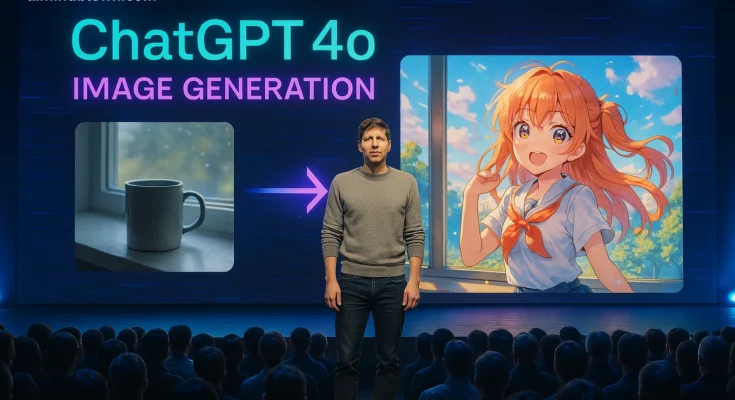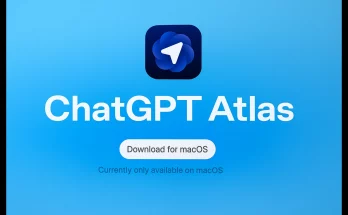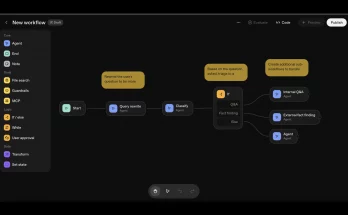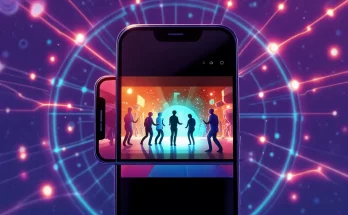OpenAI has just supercharged ChatGPT’s image capabilities! In a recent livestream, CEO Sam Altman unveiled a major upgrade to ChatGPT’s image generation feature, marking the first significant enhancement in over a year. The key? Integration with their advanced GPT-4o model.
GPT-4o: The Engine Behind the Image Revolution
ChatGPT can now natively create and modify images using the sophisticated GPT-4o model. Previously, while ChatGPT excelled at text generation, image creation relied on separate models. GPT-4o changes the game by embedding image understanding and generation directly within ChatGPT’s core functionality.
What Does This Mean for You?
- More Detailed and Accurate Images: OpenAI states that GPT-4o “thinks” longer than its predecessor, DALL-E 3, resulting in more accurate and detailed image outputs.
- Seamless Image Editing: Edit existing images directly within ChatGPT! Transform images or use “inpainting” to add or modify specific details, even in photos with people.
- Integrated and Intuitive Workflow: Enjoy a more fluid interaction between text prompts and image results, making the creative process smoother and more efficient.
Who Gets the Upgrade, and When?
Currently, GPT-4o native image generation is live for OpenAI’s Pro plan subscribers ($200/month), accessible in both ChatGPT and Sora (OpenAI’s AI video generator). But don’t worry, wider access is coming soon!
OpenAI plans to roll out the feature to:
- ChatGPT Plus subscribers
- Free ChatGPT users
- Developers using the OpenAI API service
The Ethics of AI Image Generation: Training Data and Artist Rights
Powering such advanced capabilities requires vast amounts of training data. OpenAI disclosed to the Wall Street Journal that GPT-4o was trained using “publicly available data” and proprietary data from partnerships, including Shutterstock.
Addressing concerns about AI training and intellectual property, COO Brad Lightcap emphasized OpenAI’s commitment to respecting artists’ rights. They have implemented policies to prevent the generation of images that directly mimic living artists’ work.
OpenAI’s Commitment to Responsible AI:
- Opt-Out Form: Creators can request the removal of their works from OpenAI’s training datasets.
- Respect for Web Scraping Directives: OpenAI respects requests (e.g., via robots.txt) to disallow their web-scraping bots from collecting training data.
This focus on ethics is particularly relevant given recent controversies surrounding other AI models, such as Google’s Gemini 2.0 Flash, which faced criticism for lacking sufficient safeguards against copyright infringement and watermark removal.
Why This ChatGPT Upgrade Matters
The integration of GPT-4o for native image generation within ChatGPT is a significant leap forward. It represents a deeper convergence of multimodal capabilities within AI platforms.
The Implications:
- Enhanced User Experience: Users gain a more intuitive, powerful, and flexible creative experience within the familiar ChatGPT environment.
- Competitive Edge for OpenAI: This upgrade solidifies ChatGPT’s position as a leader in the generative AI space, offering cutting-edge image manipulation features.
- Advancement in AI: It pushes the boundaries of native multimodal integration, paving the way for AI systems that seamlessly understand and generate various content types.
As this powerful feature becomes more widely available, it promises to unlock new creative horizons while fostering crucial conversations about AI ethics and responsible innovation.



